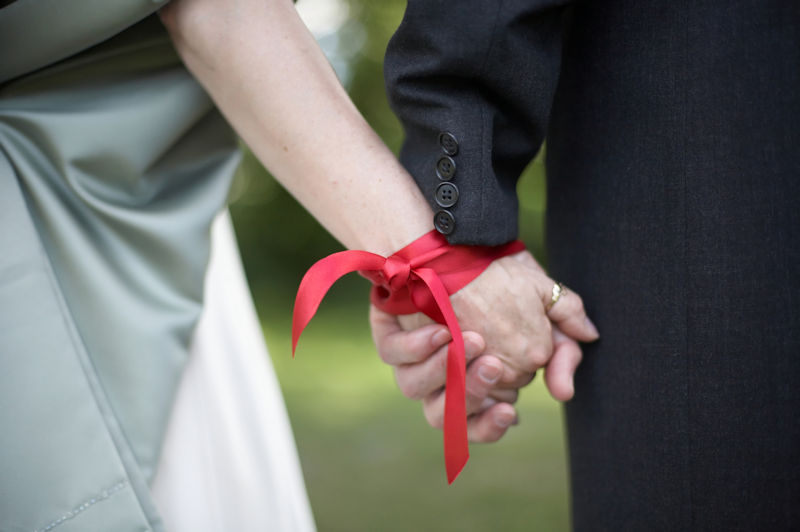
Weddings are a tradition going back almost as long as human civilisation itself. There have been many different traditions over the years, not just the ones we have adopted and seen mainstream use in the western world.
Weddings are a special day and can adhere to the couple’s own beliefs rather than what the church has traditionally dictated. Those who share the traditional Celtic, Wiccan or Pagan belief system can pay homage to the beauty and power of Mother Nature and the elements, rather than a specific deity during their ceremony, in what is considered a Pagan wedding.
Pagan wedding rituals are steeped in myths and traditions going back thousands of years. Millennia ago the Celtic people wandered Europe and the British Isles teaching all in their path their sacred traditions, and many have survived intact to this day. As with traditional wedding ceremonies, Pagan wedding rituals are performed throughout the wedding.
Pagan wedding rituals encompass the love and respect of nature, and also the four elements. The ceremonies pay respect to each element with each one corresponding to a direction, North, South, East or West. North corresponds with fire. South with Air. East is water and west is Earth. Symbols representing each of these elements are used throughout the ceremony, examples can include a red candle for fire, incense or a fan for air, and a treasured rock or crystal for the earth.
A standard pagan ceremony involves friends and family standing in a circle around the couple while they kneel before an altar that contains items representing the four elements. The bride wears a crown of flowers, while the groom wears a crown of ivy. The bride also has a bouquet of flowers and herbs to ward off evil spirits, and as a symbol of love. At this point, the celebrant will bless the circle and invoke the spirits, goddesses or both. A close friend will also ward away bad luck and evil spirits with a straw broom, which later in the ceremony the bride and groom will jump over.
Often the ritual of handfasting follows, where the bride and groom hold hands, then their joined hands are bound by a natural woven thread, cloth or fibre and just before the giving of rings the binding is slipped off with the knots still intact, signifying their new bond together in marriage. Most will use one, both or a series of other rituals, because of the versatile nature of these ceremonies, the couples can make it their own.
Pagan ceremonies can be a legal marriage, commitment ceremony or civil union, however, there must always be a celebrant present that is authorised to perform civil marriages and must include the civil marriage act otherwise the ceremony isn’t binding or legal. Friends and family can take part; however, the celebrant must be there to take an active role and sign the legal paperwork. Keep an eye out for more in our series on wedding ceremony rituals.
